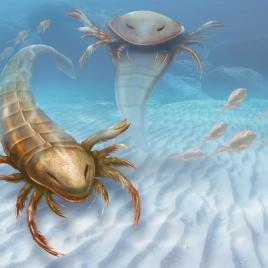An ancient species of giant sea scorpion, Pentecopterus, which could grow up to six feet in length, has been identified after examining more than 150 fossil specimens of both adult and juvenile specimens. The fossils were uncovered in Iowa and lived approximately 460 million years ago. The species likely lived in a shallow mix of […]
Tag: biodiversity
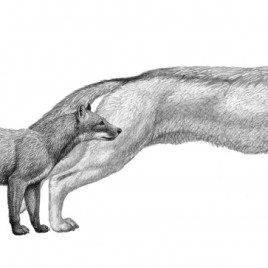
Dogs evolved with climate change
The evolution of North American dogs shows that evolution can be a direct consequence of climate change, and is not always associated with an “arms race” between ancient dogs and their prey. Researchers studied fossil elbows and teeth of 32 species of dogs from 40 million years to two million years ago, the same period when climate […]
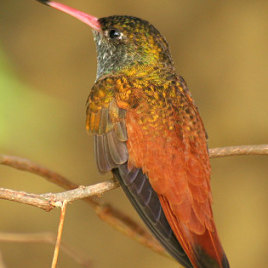
How hummingbirds drink: rethinking 50 years of research
High-speed videos have shown how hummingbirds feed on nectar, and it’s not what was previously thought. It’s not in the same way fluid rises in a capillary tube. Hummingbirds actually extract nectar by creating a tiny pump using the tongue. The new findings mean that fifty years of research studying how hummingbirds and floral nectar […]
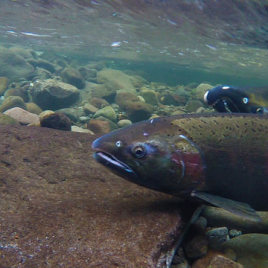
Wild salmon reproduce better than hatchery ones
Hatchery salmons are often introduced into rivers to support wild populations, which are in a state of decline. Yet hatchery males have lower reproductive success than wild ones, according to a study of 196 Coho salmons (Oncorhynchus kisutch). When occupying the same position in the spawning hierarchy, hatchery males have only 55 to 84 per […]
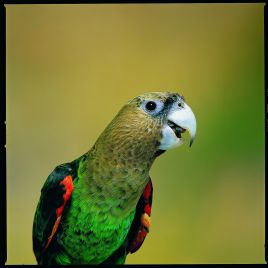
The Cape Parrot – a new species
Genetic analysis of the Cape parrot, currently considered a Poicephalus robustus sub-species, shows that it is genetically distinct from other P. robustus subspecies and should be elevated to the species level. The researchers believe this may allow for better planning and implementation of conservation strategies for the Cape Parrot. The researchers genotyped 138 specimens from […]

T. Rex’s secret weapon: Revealing a unique tooth structure
The unique tooth structure of carnivorous theropods such as Tyrannosaurus rex allowed them to tear through the flesh and bones of other dinosaurs with ease, and likely led to their success according to new research. The research team found that the deeply serrated structure, and the special arrangement of tissue inside, strengthened the teeth and […]

The secrets of stink bugs: A new chemical compound and selective egg colouration
Stink bugs, Podisus maculiventris, are able to change the colour of the eggs they lay to better protect them from UV radiation, according to new findings. The researchers expected the colour variation to come from differing levels of melanin, however they found a new compound responsible for the pigmentation. While stink bugs are the first […]
Boa constrictors’ victims die of circulatory arrest, not suffocation
Boa constrictors do not kill their victim by suffocation, but by quickly stopping blood flow. When attacking, boas apply several loops of their body against the prey’s chest. This not only allows them to compress the vital organs directly, but may also enable them to monitor the victim’s heartbeat according to the researchers. Researchers inserted […]
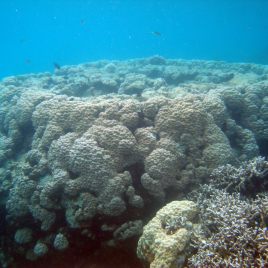
As the sea rises, Porites coral grows, until now
Around the island nation of Palau, in the Pacific Ocean, Porite coral growth may be able to ‘keep up’ with projected sea-level rise – but only if reefs are well managed and greenhouse gas concentrations are curbed, suggest international researchers. Porites are natural storm barriers and their loss would result in island and habitat loss […]
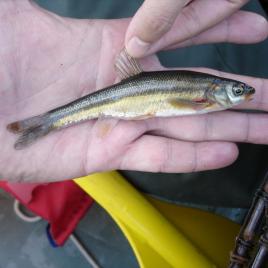
The winners and losers of climate change in Ontario lakes
It’s difficult to predict the effects of climate change on ecosystems. Researchers in Toronto have monitored lakes in Ontario to help predict the impact of predators when their range shifts. The research team found that resident species are more likely to survive if their ancestors had a change to evolve alongside the new predator and […]
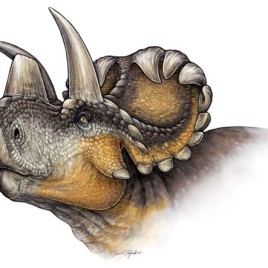
New species of horned dinosaur provides insight into Triceratops family evolution
A new species of horned dinosaur discovered in southern Alberta provides new information about the evolution of the Triceratops family of dinosaurs, the Ceratopsidae. The new species, Wendiceratops pinhornensis, is identified by 184 bones from at least four individuals. The Wendiceratop is an early species of horned dinosaur, living alongside the Albertaceratops, approximately 79 million […]
Thirty-year recovery of mollusc communities after nuclear tests on a French Polynesian atoll
A 30-year study on a Pacific atoll used for nuclear testing shows that all reefs developed a community composition quite different from that before the tests as the result of random settlement of larvae from the open ocean. Fangataufa atoll located in south-central Pacific (French Polynesia) has been used as a nuclear testing site for […]
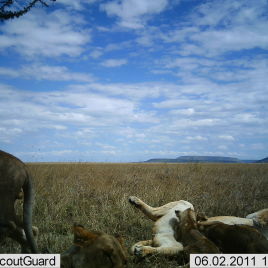
The secrets of the Serengeti
Over 300,000 photographs of wild animals in Serengeti National Park, Tanzania have been cataloged and should provide data for future ecological research and educational projects. The photographs were of 40 separate species including lions, zebras, honey badgers and the rare zorilla and aardwolf. Between June 2010 and May 2013 225 camera traps gathered pictures over […]
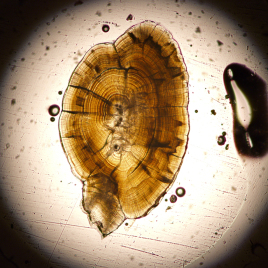
Life history of Pacific Salmon revealed through the ears
Studying small bones in the ears of Pacific Salmon may be able to tell researchers where the salmon were born and lived during critical developmental years according to new research. Studying them might allow researchers to determine which habitats produce the largest salmon populations, and where the fish live during critical periods of their life. […]
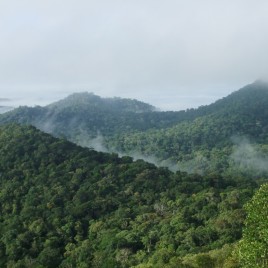
Only 1 per cent of Amazon tree species store half of carbon
A few species of large trees in the Amazon are responsible for half of the carbon storage and productivity of the Amazon rainforest, according to new research. The authors analysed more than 200,000 trees across 530 forest plots in the Amazon rainforest. They found that half of the carbon stock is controlled by only 150 […]
Toxic algae can “smell” predators
Algae can smell predators coming their way, according to a new study. Small crustaceans, zooplankton copepods, feed on algae and researchers observed that they release small fat molecule called copepodamides into the water. When exposed to these molecules an algae, Alexandrium minutum, also known to form toxic algal blooms, will increase 20-fold their paralytic toxin […]
